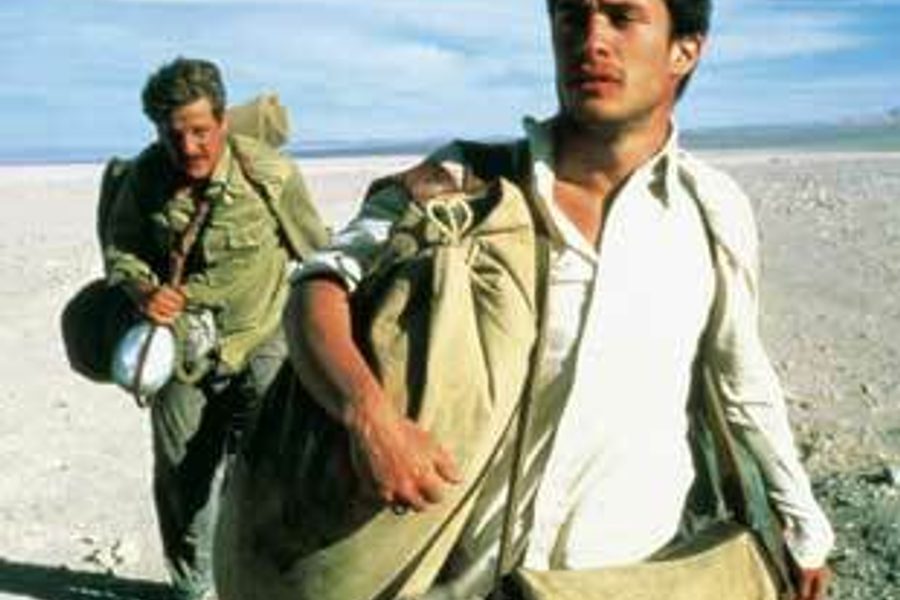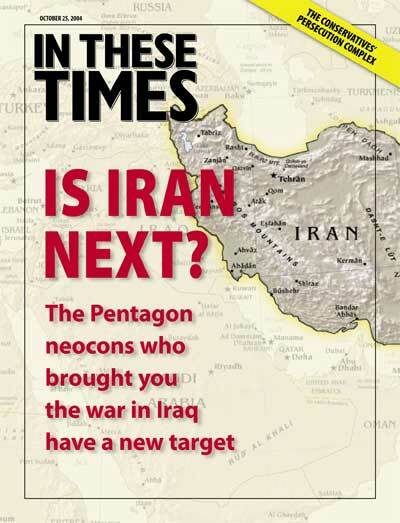
Part of the appeal of studying the lives of great men and women is finding those defining points in their lives where events and circumstance resonate with an unexpected clarity and inspire them to rise up and do extraordinary work. Where does the “new” man begin? How is greatness formed?
Films often pass over such quieter early milestones and head straight for the charge up San Juan Hill. These are certainly more visual, visceral moments where heroism plays out concretely amid billowing smoke. This year, the studios released The Alamo, Hidalgo and Troy, and November will bear witness to Alexander, all of them big-budget celebrations of dynamic heroism.
The film adaptation of Ernesto “Che” Guevara’s The Motorcycle Diaries departs from this trend. Instead of the armed struggles in Cuba, Bolivia or the Congo, director Walter Salles (Central Station), focuses on Guevara’s youth, where the road levies a steady, transformative power over his young adulthood, and reshapes the world he knows.
In 1952, Guevara and his friend Alberto Granado set out on an eight-month “improvised” tour of Latin America. Guevera was 23 and wanted to travel before finishing medical school. Alberto was 29 and already working as a biochemist. They traverse Argentina and Chile on their cumbersome motorbike La Poderosa II until it dies, then continue through Peru, Colombia and Venezuela on foot. As they trek through mountain passes and beg for food from the locals, the Cuban Revolution feels very far away.
Still, Guevera’s travels helped to shape his views on a “United Latin America.” Near the end of the journey, he states: “The division of [Latin] America into unstable and illusory nations is completely fictional. We constitute a single mestizo race, which from Mexico to the Magellan Straits bears notable ethnographical similarities.” From here his ideology takes form.
The Motorcycle Diaries is a mélange of road movie, coming of age story, anthropology, politics and Latin American portrait. Gael García Bernal (Amores Perros) portrays Guevara as a thoughtful, young adventurer who has the charm, integrity and wide-eyed exuberance to see people clearly and decipher a glimpse of his own life’s purpose. Rodrigo de la Serna provides a nice foil as Alberto, the smooth charlatan and good-humored playboy whose greater age has instilled an amicable cynicism.
By his own account, Guevara’s transformation is quixotic and incremental. In his book, he describes his encounters in a mature voice that balances a critical eye with youthful enthusiasm, and exposes his quiet passion for people in fleeting bursts. In the end, it is the culmination of incidents rather than any one or two moments that matters.
The film, for the most part, acknowledges this. The scenes are short, the motion is constant, and the mix of humor and sadness stays true to the spirit of the journey. Handheld camera shots and erratic jump cuts inject vibrancy, while original location photography adds authentic weight. Best of all, Guevara’s diary entries, told in voiceover, fill out García Bernal’s performance and sound very natural in the film’s contexts.
But the film argues for a more thorough transformation than the book does. Jarring dramatic scenes at a leper colony in Sao Pablo, Peru, mar the film’s otherwise carefully built meditative tone by adding a climax where one does not exist.
Deciding to follow Guevara’s South American travels instead of his more famous exploits was a risky and sophisticated choice. Though the end titles briefly explain his ultimate destiny, the audience still may not understand who he was, or rather, how he was different from them. And that may be the point. The film’s unique contribution to Guevara’s story locates heroism in slow, humble beginnings, amid common everyday people on a journey. By extension, heroism exists among us, or within us, and everyone has the capacity to change the world.








